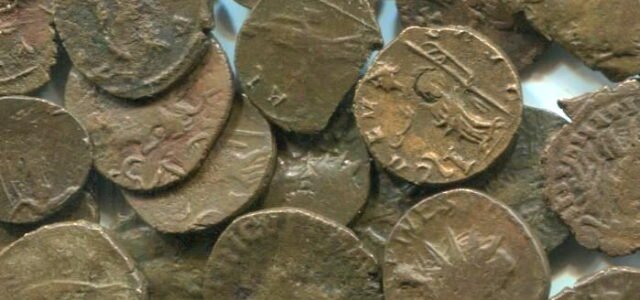The History of Koingnaas – PART 2
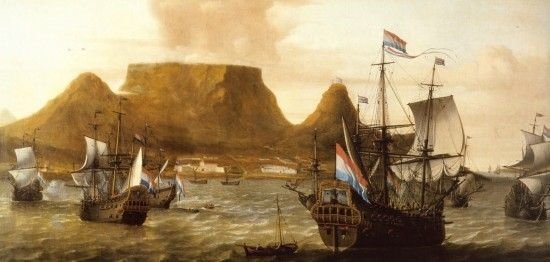
Jan van Riebeeck, the colonial administrator of the Cape of Good Hope (later Cape Town) sends, around 1662, a few men into Namaqualand – up north of The Cape, along the coast line to look for copper and other minerals of value to mine.
They heard that the Namakwa tribes up north was far more advanced than the local “cape-tribes” and that these tribe members carried copper and ivory jewellery they manufactured themselves.
They don’t find any copper or mines but lots of elephants close to Groen-Rivier.
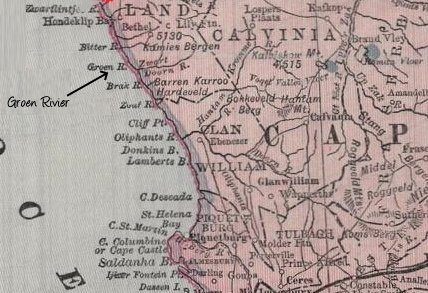
Examples of copper-ore from Garies and surrounding areas is delivered to the CAPE by explorers and by local tibe members – this was between 1681 to 1684.
At this time Simon Van Der Stel is Governor of the CAPE and request the first expedition on 15 August 1685 to Namaqualand, looking for Copper-Ore. The expedition was a failure and delivered a low-quality ore.
But a year later on 25 August 1686 Van Der Stel personally lead an expedition with more than 100 men and experts to Namaqualand in search for copper mining opportunities.
From Van Der Stel’s diary it is clear that he and his entire expedition camped at a fresh water fountain close to the coast line, about 2 miles north of Koingnaas, on the farm Somnaas.
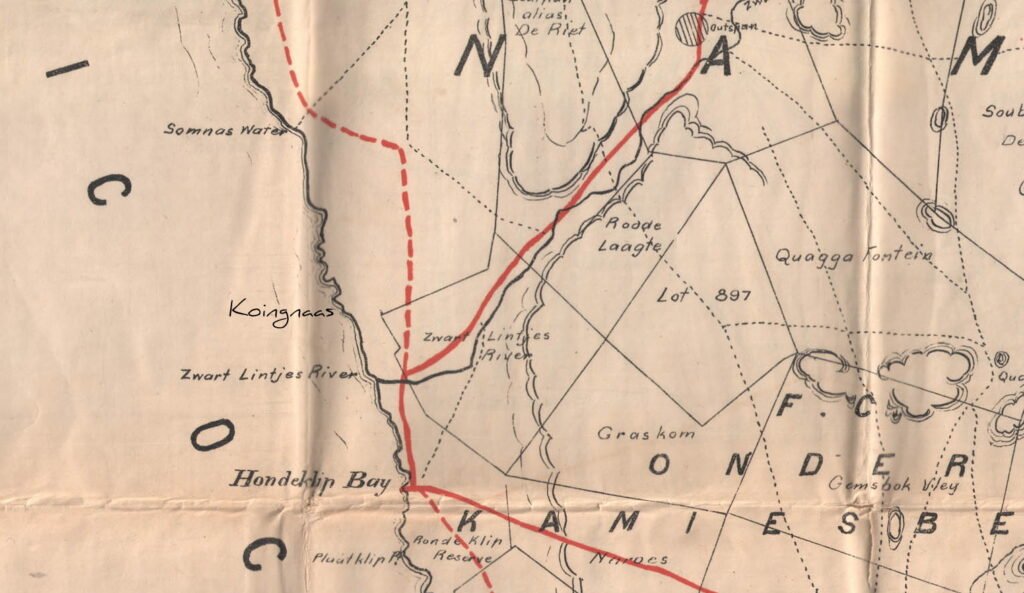
These strong same fresh water fountains – today fitted with 6 bore-hole pumps – are still there today and the main water source for the town of Koingnaas.
Van Der Stel’s 1686 expedition was very successful and they found a huge amount and high quality of copper-ore from Garies to Kamiesberg to Springbok – at a placer later called Copper Mountain.
BUT, on their way back to the Cape – traveling all along the coast line they couldn’t find a placed they could use as a harbour to export the copper-ore – or roads to take the ore to the Cape.
It took another 160 years before the small harbour of Hondeklipbaai, 20km south of Koingnaas was discovered.
Copper mining started in the Namaqualand on a big scale in the 1830’s.
Copper was very valuable.
Until 1857 copper was used in the making of pennies/coins (100% copper) and then from the 1860’s mixture of copper/nickel and later copper/zinc/tin coins were made.
Much earlier, the invention and making of brass plates from copper and zinc in the late 1680’s increased the demand of copper.
Brass plates had many used back then including printing press plates, use in the building of wooden ships, etc.
Brass even became the standard alloy from which all accurate instruments such as clocks, watches and navigational aids where made.
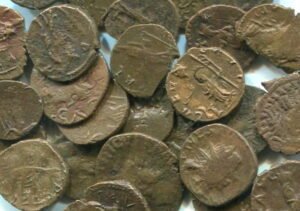
O’Kiep, just north of Springbok, about 150 km from Koingnaas become one of the riches copper mines in the word.
The copper industry played a big role in developing infrastructure in Namaqualand – all this before the diamond rush in 1925.

